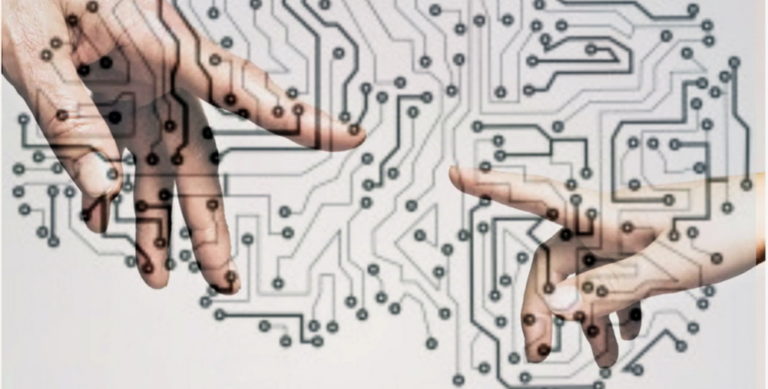Discovered the brain circuit engram for “social touch”
Ikerbasque Researcher Prof. Mazahir T. Hasan collaborated in a international consortium that just published an article in Current Biology showing that thalamo-preoptic pathway promotes social grooming in rodents.
Social touch is a powerful way of communication for building personal relations and affiliations. Social interactions by touch are preserved across the entire animal kingdom for adaptive behavioral responses that give advantages for the long-term survival of individuals and the species at large. In almost all aspects of personal and professional interactions, social touch is one of the biggest factors influencing human relations. In the correct context, social touch generates a sense of positive feelings, affection, bonding, trust, that on an increasingly larger-scale can help to build interpersonal relations, families, social networks, communities and societies. Interaction by social touch promotes mental and physical health and it’s good for long-term well-being. However, context-dependent spatial patterns of social touch can generate both positive and negative feelings, which depends on what type and how much touching is socially acceptable, considering various factors such as gender, race, age, status, and culture.
In 2019, Mazahir T. Hasan, Group Leader of the Laboratory of Brain Circuits Therapeutics at ACHUCARRO developed a breakthrough genetic technology, virus-delivered Genetic Activity-induced Tagging of cell Ensembles or vGATE (Hasan et al., Neuron 2019;103(1):133-146.e8) that can identify and permanently tag experience-activated brain circuits; almost like finding a needle in a haystack. The added power of the vGATE technology is that the tagged neurons can be manipulated in different ways, which makes it possible to closely investigate their properties to link the role of identified brain circuits to sensory experience, learning and memory processes and behavior.
This time, in collaboration with Professor Arpád Dobolyi at the Semmelweis University in Hungary and Professor Valery Grinevich at the Central Institute of Mental Health at the University of Heidelberg in Germany, the three teams used mice as a model system. Mice are being used by neuroscientists for various types of social behaviour. When two mice are put together, their interactions can be divided in different phases: detection, approach, investigation and action. The researchers deployed the vGATE system and targeted a brain region, the posterior intralaminar thalamic nucleus. With the vGATE system, they identified and tagged cell assemblies (or engram) activated by “social touch”. In the tagged-neurons, the researchers smuggled a protein that can activate neurons at a precise time. Chemogenetic activation of the tagged neurons increased direct physical interactions between familiar female rodents without affecting other forms of social behaviours. The researchers concluded that the identified “cell assemblies” modulates social behaviour in mammals.

In the future studies, the vGATE system can be used to map and manipulate brain circuits associated with different types of social behaviors, including cooperative behavior. Moreover, the vGATE system can also identify altered, abnormal and pathological brain circuits. Notably, social touch can induce a negative response and emotional behavior, common in individuals with Autism Spectrum Disorder (ASD). More research is needed to dissect the link between the activation of skin touch dependent nerve fibers that propagate to the higher order brain circuits where touch experience can be transformed into opposing behavioral responses depending on the psychological brain state; social touch can evoke a positive feeling for some, but negative feelings for others, as in a large number of individuals with ASD. Understanding the circuit-driven mechanism(s) of social touch, and the behavior that follows afterwards, would open new and innovative prospects for brain circuits therapeutics to treat or perhaps even cure ASD.
- Keller et al., “A thalamo-preoptic pathway promotes social grooming in rodents”. Current Biology. 2022.
https://doi.org/10.1016/j.cub.2022.08.062
